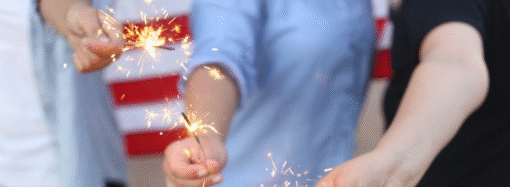New York City’s Mayor Bill de Blasio wants New Yorkers to snitch on each other. If a New Yorker sees someone who is not practicing prescribed social distancing rules, de Blasio wants them to snap a picture and send it to 311.
Is your supermarket too crowded with people trying to feed their families? Text 311. Is someone sunning themselves to get much needed vitamin D? Take their picture and text 311.
“All you got to do is take the photo and put the location with it, and bang, send a photo like this, and we will make sure that enforcement comes right away,” de Blasio said.
This is good news for COVID-19 justice warriors eager to rat out others.
But what happens if you are stuck on a packed subway car and text a photo? Will “enforcement” come, or will they ignore your pleas?
In New York City, because officials ordered schedule reductions, the working poor crowd into disease spreading subway cars. At least when it comes to New York City subways, saving money is more important to de Blasio than his professed goal of “saving lives.”
In a working paper for the National Bureau of Economic Research, MIT economics professor Jeffrey Harris explains how the schedule reductions in “subways seeded the massive coronavirus epidemic in New York City.” Harris writes,
“The Metropolitan Transit Authority’s decision to cut back its train service to accommodate the reduced demand may have indeed helped to shore up the agency’s financial position, but it most likely accelerated the spread of coronavirus throughout the city. That’s because the resulting reduction in train service tended to maintain passenger density, the key factor driving viral propagation.”
The schedule reduction was the opposite of what should have occurred if New York officials were interested in stopping the spread of COVID-19. Harris explains, “How ironic it is that, from the public health perspective, the optimal policy would have been to double – maybe even triple – the frequency of train service.”
Harris wonders why subway “cars weren’t disinfected every time they emptied out of passengers at
both ends of the line.”
He also questions whether the “lower rate of coronavirus infection in Manhattan had something to do with social class.” He writes:
“Manhattan was dominated by ‘stay-at-home professionals with more job security and benefits,’ while the remaining boroughs were populated principally by ‘low-paid front-line workers’ such as grocery clerks, delivery workers, transit workers, and cleaning and maintenance workers.”
Harris’ research shows a dramatic drop off in subway ridership by Manhattanites and the “leveling off of the COVID19 incidence curve in that borough.” He adds, “Manhattanites could afford to stay off the subway, while many inhabitants of the other four boroughs could not.”
In the working-class Queens zip code 11368, which “is 74% Hispanic-Latino” a subway rider’s “exposure to coronavirus is not accurately gauged by the number of commuters” who board at their subway stop. A rider will come in contact “with potentially infectious passengers” at each stop they pass on the way to their destination.
Based on such analysis, Harris writes, “The agency’s decision to convert multiple express lines into local service only enhanced the risk of contagion.”
New York City subways are run by the Metropolitan Transportation Authority as a public benefits corporation whose 21-member board is appointed by various New York politicians.
The New York Times recently reported that the efforts of “New York officials to stem the outbreak were hampered by their own confused guidance, unheeded warnings, delayed decisions and political infighting.”
De Blasio and New York Governor Andrew Cuomo would be well served to take a timeout from their daily denunciations of President Trump and clean up their own houses. Confusingly, Cuomo has also been lionized in the media for his “effective, tough-minded, compassionate leadership.” It’s time the media instead starts to ask questions about why he and de Blasio abandoned the working poor they profess to care so much about to be ravaged by COVID-19.
—
[Image Credit: Wikimedia Commons-Daniel Schwen, CC BY-SA 3.0]
Image Credit: [Image Credit: Wikimedia Commons-Daniel Schwen, CC BY-SA 3.0]
















Leave a Comment
Your email address will not be published. Required fields are marked with *